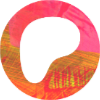Blog / 2023 / Why Human Art Will Always Be More Interesting to Us Than AI Images
January 1, 2023
For more about Faith Humphrey Hill, the artist who told me about haveibeentrained.com, check out her site or this 2021 post where I talk about similarities between our work.
Some artists are pushing back against the AI trainers in a fun way that I endorse without thinking it will actually change things. I first wrote about this newest wave of AI imagery in an article about the importance of context and about the artist (not Pollock) who actually invented Pollock’s drippy style.
There are lots of ways to support my art, and they’re all explained in my shop!
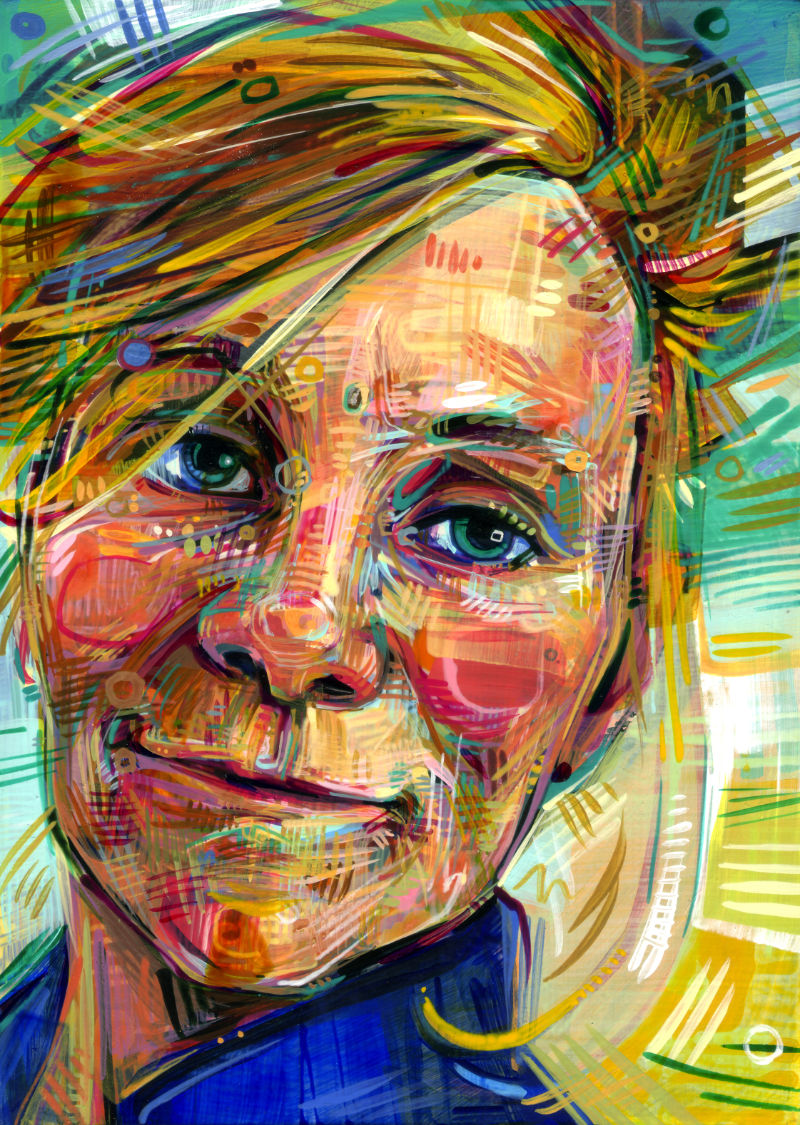
Messy
2009
acrylic on panel
7 x 5 inches
(See the making of Messy.)
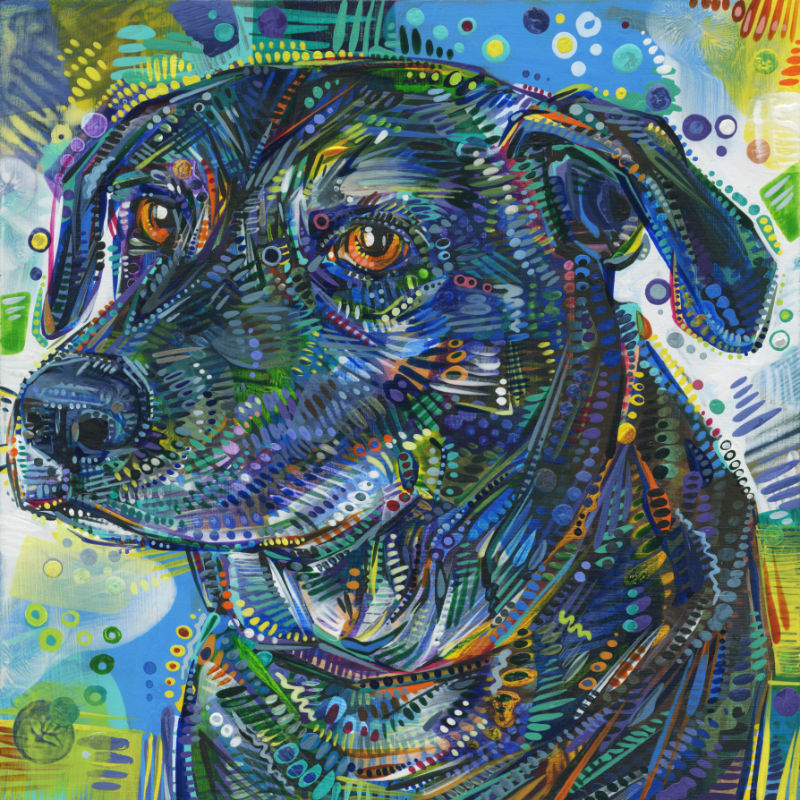
Tobie
2015
acrylic on panel
6 x 6 inches
(See the making of Tobie.)

Liquid Glacier (Multnomah Falls, Oregon)
2021
acrylic, colored pencil, and marker on paper
11 x 7 inches
(See the making of Liquid Glacier.)
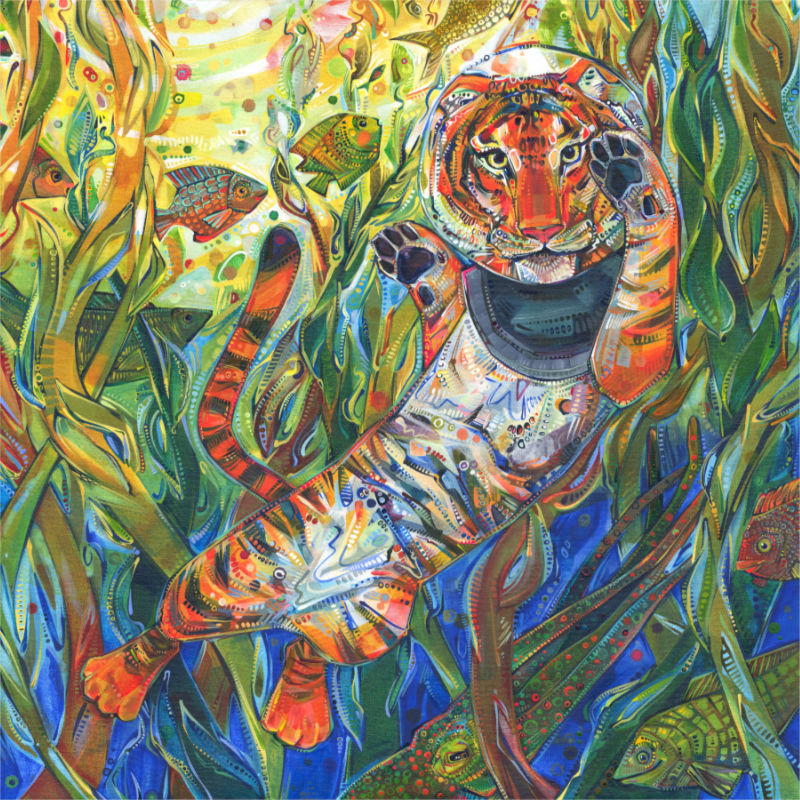
Explorer (Water Tiger)
2021
acrylic on canvas
30 x 30 inches
(See the making of Explorer.)
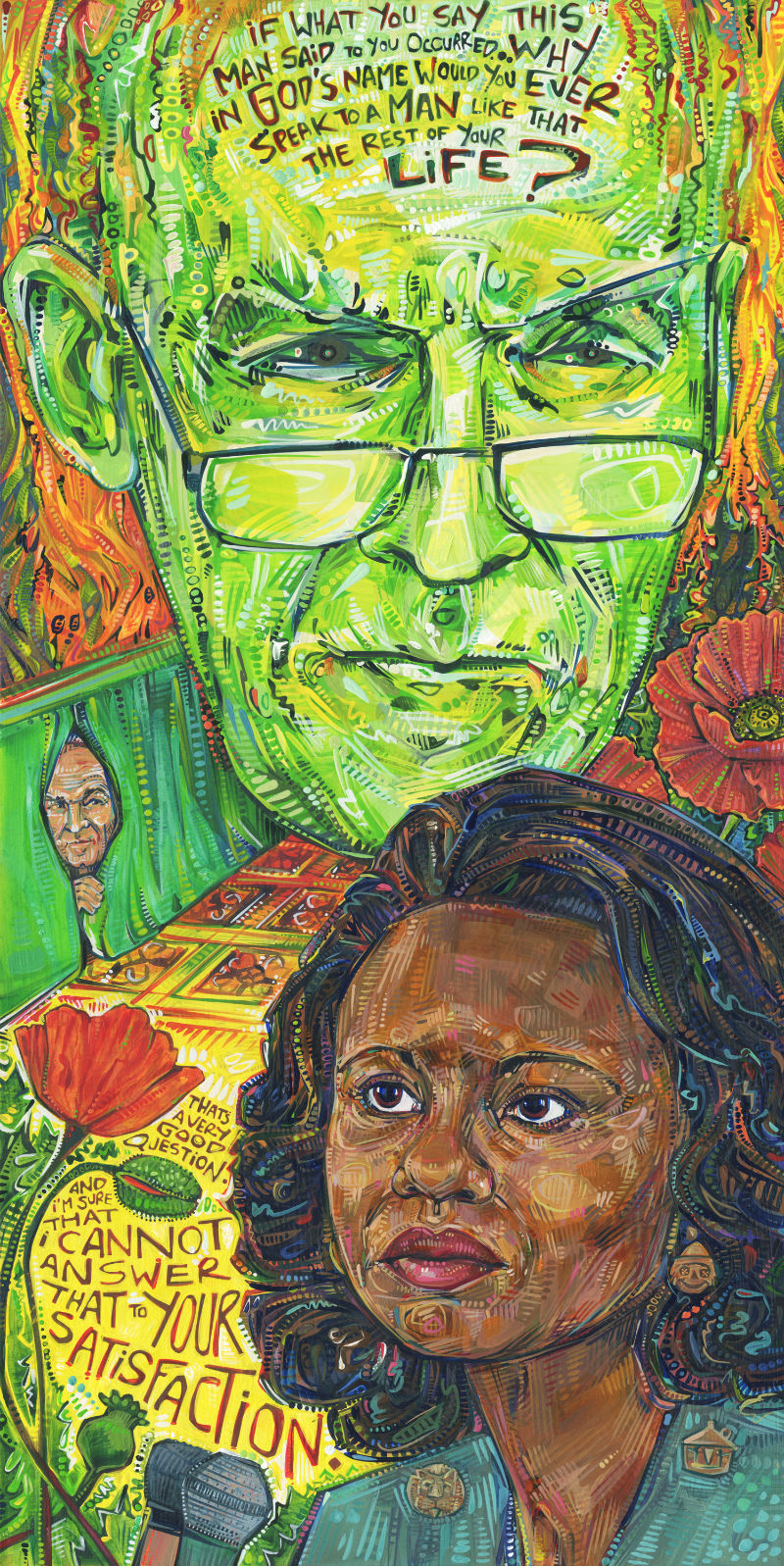
Because Because Because Because! Because of the [Horrible] Things [the Patriarchy] Does!
2017
acrylic on panel
20 x 10 inches
(See the making of Hill’s portrait.)

detail of Key Ingredients
2017
acrylic on canvas bag
(See full artwork.)
VIDEO TRANSCRIPT
A lot of artists these days are worried about AI stealing their art. And that fear is both completely founded and maybe not something to be too terribly concerned about. I mean, sure, artists should be paid for their labor, but let’s be real: we very rarely are. And it’s not the robots who are failing to cough up the cash. It is our fellow human beings who are failing to pay us.
I’ve got some experience with robot people using my work without first checing in to make sure I can pay my rent. Back in 2017 a tech company used my name and one of my paintings as a sort of symbol of one of the photo filters they’d developed. Obviously, the filter doesn’t really make photos look like my work, but still my name and my style were on the robot people’s radars.
Later, another tech company started using that same thumbnail from the first company to make a filter that looked a lot more like what I do, only these new robot people didn’t even give me credit for using my art. Or they didn’t as far as I know, because I refuse sign into the site, because their terms are presented in Russian and the internet war that Putin’s waging against democracy freaks me out waaaay too much to want to agree to anything that’s under Russian law. Anyway...
That’s when it started to feel like maybe robots and their people could actually replace me, but I still wasn’t too worried.
More recently, I got onto Craiyon, and I asked it to make some stuff in my style. Of all the text-to-image AI available right now, Craiyon is the simplest to use. You don’t have to pay anything (except by watching ads), and it’s purely a text input with image output. A lot of other AI image generators allow you to upload your own images to help train the robot for the look that you’re after, and the interface can get pretty complicated. Craiyon is the most approachable in my opinion.
But the only reason I even approached Craiyon is because Faith Humphrey Hill, an artist I know sort of via the internet, messaged me to tell me that robots were eating my art.
She pointed me to haveibeentrained.com, a site that finds images that have been fed into various AI datasets. The site didn’t recognize my name, but it came up with plenty of stuff when I plugged in my images. I’d present it with different artworks and haveibeentrained.com would come back with the artwork I’d plugged in and/or similar images that had been used to train AI—both my work and other people’s that it thought resembled mine.
Despite this, I’m not actually worried about the robots eating my art, and I won’t be using haveibeentrained.com to opt out of datasets, which is one of the things this site claims to be able to do.
So why am I not worried about robots eating my art?
Simply put: I will always be me, and I’m more than just my painting style.
Which also means I’m more than the robots can probably ever be because I’m limited and flawed in a thoroughly human way. And it’s from my limited and flawed exploration of our world that my art arises. It’s in the struggle to be less limited and less flawed that I find beauty and that the humans who look at my art find connection.
Of course, you could argue that AI is on that same journey. The people behind it are trying to train the robots to be less limited and less flawed every day, and eventually (years and years from now) they’ll probably get there. They’ll probably make a robot with a consciousness that is so similar to our own that we will be forced to question what it actually means to be human!
But even then—even when we all start having AI friends or AI enhancements in our own brains—I’ll still be more limited and more flawed than any AI could ever be, in part because my “dataset” will always be smaller than the robot dataset of all knowledge ever known.
Assuming I’m still alive, which I don’t think I will be, because I think we’re still a long way off from robot consciousness—but assuming I’m still alive, will I be able to be a full-time artist in a world where the line between AI and human is intensely blurry?
The answer is: I don’t know.
But I think that the more important question is: am I able to make my living now?
For twenty years now, I’ve been a full-time artist. I don’t have a trust fund and my spouse isn’t wealthy either. He’s not a physician or a lawyer—he’s an artist too. So in so many ways, I think I might be the stupidest person on this planet, because I’m trying to make my living with art in a world where people’s value based on how much money they make or generate or whatever. It’s all about the money.
When artists are anti-AI, it’s not because we’re anti the future anti-fun-things. It’s because the robot revolution feels like one more way for people to make excuses about why they don’t pay artists.
And that’s just depressing.
So, I’m going to keep doing what I’ve been doing since 2017 when the first robots started to take an interest in my style. I will view every technological advancement in this field as a challenge from our future AI overlords to keep making art that matters.
I’m going to see every advancement in AI imagery as a reminder to invite my audience to support my art and to support the art of all the artists in their lives.
Please play with AI image generators all you like—something good almost always comes from play! At the same time, please make a special effort to pay artists in your life, because so much good comes out of artists knowing that they can pay their rent.
This video is made with love and microdonations from my community!
Maybe this post made you think of something you want to share with me? Or perhaps you have a question about my art? I’d love to hear from you!
To receive an email every time I publish a new article or video, sign up for my special mailing list.
If you enjoyed this post, Ko-fi allows you to donate. Every dollar you give is worth a bajillion to me!
